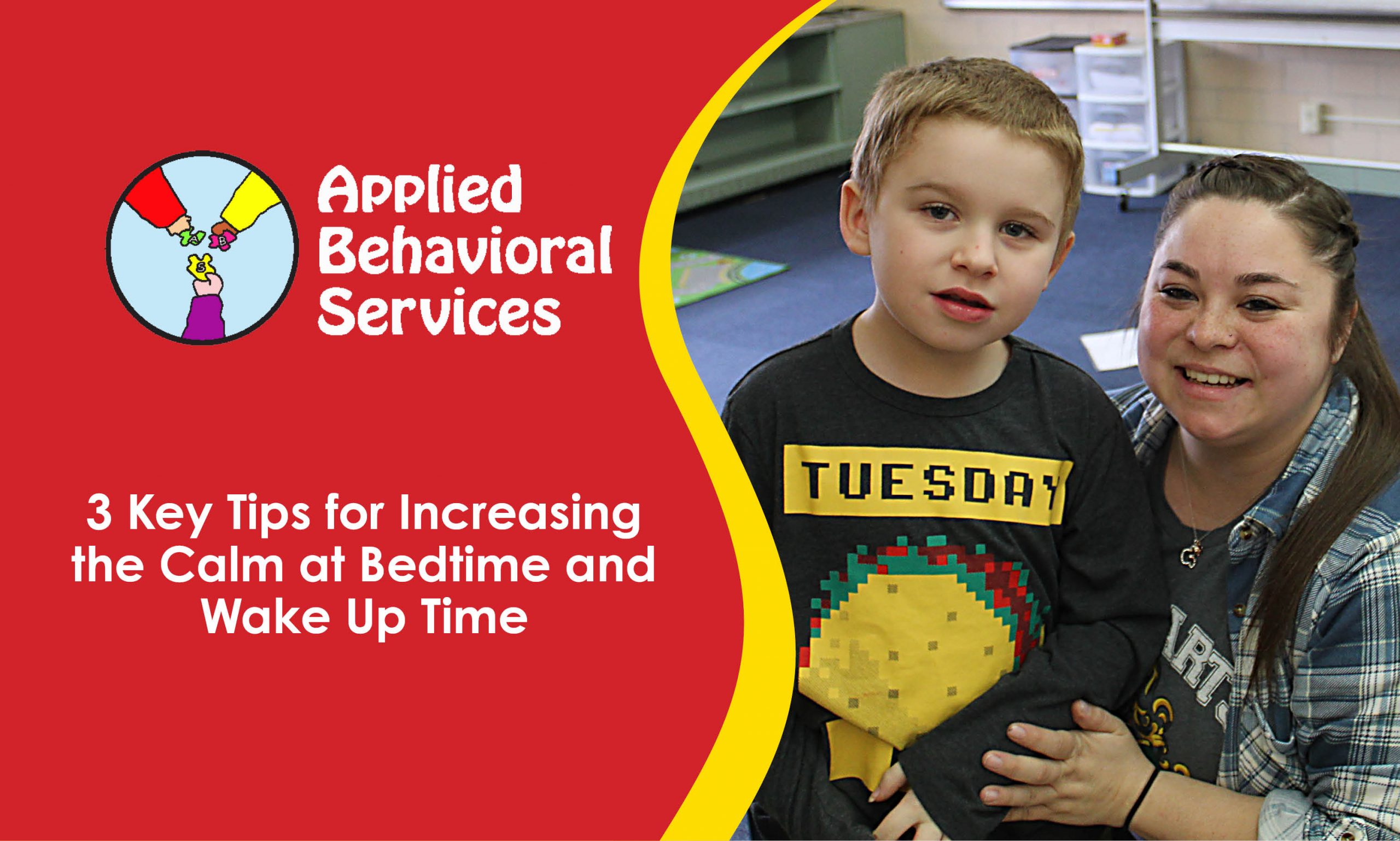
Bedtime and wakeup routines can be difficult and dysregulating for children. At bedtime, your child transitions from playtime and being with others, to slowing down, getting in bed, and going to sleep. Waking up means the start of a day that may feel unpredictable to them. Three tips for keeping these times calmer include routine, self and co-regulation, and control.
Routine
Children thrive by following a daily routine. When routines are altered, dysregulation can set in quickly. Try to keep a routine as consistent as possible. Here is an example of what a bedtime routine may look like:
- Give a 5-minute warning for bedtime.
- Walk your child to the bathroom to brush teeth, etc.
- Go to the bedroom and let the child pick two books to read.
- Have the child get into bed, read the books, and turn the lights out.
Another helpful hint: If your child is a visual learner, a list of the steps in picture or word form can help with this. You can create one for bedtime and for wakeup time.
Regulation
One very important thing to remember is that if you are unregulated, meaning your nervous system is not at its baseline (i.e. feeling in control, thinking clearly, feeling present), it will be difficult for your child to be regulated. We are connected with the people around us, and if others are not regulated, our bodies can absorb that and also become dysregulated. This is especially true for children. Think about when your child is having a tough time, possibly yelling or throwing things. How does your body feel at this time? It can be very difficult to stay in control and not react. This is regulation. Here are some tips to stay regulated:
- Check in with yourself. Ask yourself, “what do I need right now?” It may be a moment of peace (try noise canceling headphones), or a breath of fresh air (step outside for a few mindful minutes), or maybe a few wall pushups. You have to determine what would help your body to feel more regulated at that moment.
- If your child becomes dysregulated, try to take a deep breath before reacting. If you react quickly, the situation may escalate, causing even more stress. If you are able to breathe and think before reacting, it may diffuse the situation. It will also teach your child to do the same.
- If full dysregulation occurs, it is okay to stop what you’re doing, and give it a minute. Sometimes we become hyper focused on the end goal and forget that there are many pieces that need to be put in place before the end goal happens. Sometimes we even need a do over. It’s okay!
Give Control
It’s human to feel the need to be in control and want to have choices. Often children become dysregulated when they feel a loss of that sense of control (think about the last time you said “no” to something they really wanted). With bedtime and wakeup time, they may especially feel a lack of control, so here are a few suggestions that may give them that sense of control back.
- Give choices: “Do you want two more minutes to play or five more minutes?” Using a timer can help if they still refuse after this.
- “Do you want to climb like a monkey or stomp like a dinosaur to the bathroom?”
- “Which two books do you want to read tonight?”
Bedtime and wakeup times are difficult for many children. Give yourself the gift of regulation before going into these times and see how it feels.
